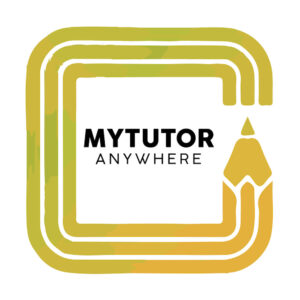Jose (not his real name), a sweet, hardworking nine-year-old, has received special education services since Kindergarten. I’ve been tutoring Jose for the past four months. When we met, Jose was unable to read words like jam, quit, and mud. Reading words with consonant blends (like the pl in plan or the gr in grip) was out of the question. Jose’s parents were desperate: no matter what they tried, nothing worked. Not surprisingly, Jose grew increasingly frustrated. Although Jose received special education services, his teacher was young and new to the school (not atypical considering the notoriously high turnover rate within special education). Jose’s teacher struggled with classroom management (since this occurred during remote learning, Jose’s parents could observe the class from their living room).
In our twice-a-week sessions, Jose is making fantastic progress: he reads all CVC words, including words with digraphs (words path, chip, thud) and words with 2 and 3 letter beginning blends (clip, struck, scrub). Jose can write full sentences and, with practice, reads decodable texts fluently.
I recently said to my wife, “It’s ironic–in 4 months, I’m seeing more progress with Jose than I ever did with my students at school”. How is this possible? I’ve worked as a public school special education teacher for 13 years–why is this type of progress so challenging to obtain within the current school structure? Isn’t this supposed to be the purpose of special education? Shouldn’t these types of interventions be typical?
My classroom was considered cross-categorical: students with various disabilities were placed together in the same classroom. I frequently taught students with learning disabilities, ADHD, physical disabilities, intellectual disabilities, autism, and emotional behavior disorders at the same time. Most of my 7th graders began each year reading between the 1st and 3rd-grade level.
These students were in my class for the entire academic day. During IEP meetings, our case manager would undoubtedly make a convincing pitch to parents that this small and structured separate setting would make individualized instruction possible. While this wasn’t exactly false, it wasn’t entirely true.
The Reading Wars
In a shocking about-face, Lucy Calkins, the renowned reading specialist whose curriculum is taught in many schools around the country, recently conceded that her views about reading were changing. It appears, perhaps definitively, that the debate is over: students, especially those with dyslexia, require a structured approach to reading. A structured approach is systematic and cumulative: students are taught easier-to-learn skills before moving on to more challenging material. Why, then, aren’t these methods regularly being used within the special education classroom?
First, special education teachers often have too many students and too much paperwork. With 13 students (not an uncommon number–many teachers have more), teachers must divide their time equitably. In a cross-categorical class, there is a wide range of abilities. Some students may be close to reading grade-level texts; others may decode grade-level words but struggle with comprehension. Others, like Jose, can’t decode the most basic words. It’s an impossible challenge–in trying to give each student what they needed, I often felt like what I was giving wasn’t nearly enough. I often felt ineffective and frustrated. As for the highly documented paperwork issue, I’ll leave that elephant for another blog.
Another common and unfortunate reality is pushback from administration about teaching phonics–especially for older students. While I believe the Common Core State Standards (CCSS) is a useful compendium of grade-level expectations, an obsession with it can make one blind to the obvious. In the CCSS, the foundational skills, which included phonics, ends after 5th grade. Many of my former Principals felt that “too much” phonics wasn’t justifiable because it isn’t assessed on state testing. This short-sightedness centered on state testing isn’t uncommon. However, it’s natural to wonder how students can show reading growth if they can’t decode on the test??
Somewhat unbelievably, the majority of special education teachers lack the knowledge to provide these interventions. Teachers often have to attend expensive and time-intensive training to receive the appropriate training in multi-sensory phonics/spelling systems. It’s a systemic issue, and special education teachers are not to blame: the special ed programs have failed these teachers and students. While teacher preparation programs appear to be changing, it will take many years to impact the classroom.
With every session, I sense Jose’s growing confidence. Soon, he’ll be learning ending blends and breaking apart polysyllabic words. I will use techniques based on the highly respected Orton Gillingham Approach. I hope that someday soon, the alignment of our schools’ curriculum and structure will allow these types of interventions to occur within the classroom. For now, unfortunately, most interventions of this type must occur privately. If you’re interested in Orton Gillingham tutoring, please contact us for more information.


